Think salmon is your best source of omega-3s? Think again.
While it's certainly a nutritional powerhouse, several other foods, including seeds, nuts, and even oils, actually pack in even more omega-3s.
Omega-3 is more than just salmon
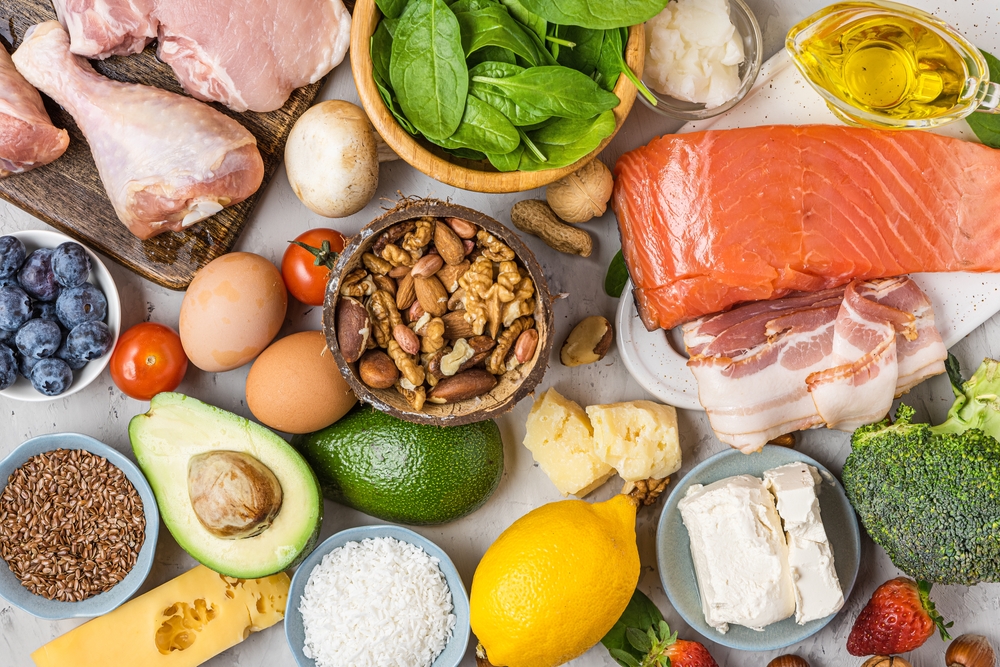
Salmon is often the first thing that comes to mind when talking about omega-3s — and for good reason.
This fish is packed with healthy fats, protein, and essential vitamins. But salmon is far from the only source of omega-3, and in fact, there are foods that contain even more.
Also read: An Expert Recommends These Hobbies to Lower Your Stress Level
Omega-3s have major health benefits

Omega-3 fatty acids belong to the group of polyunsaturated fats and are also known as “good fats.”
They play an important role in the body, supporting brain function, liver and thyroid health, hormone balance, mood, and inflammation regulation.
There are three types of omega-3 fatty acids
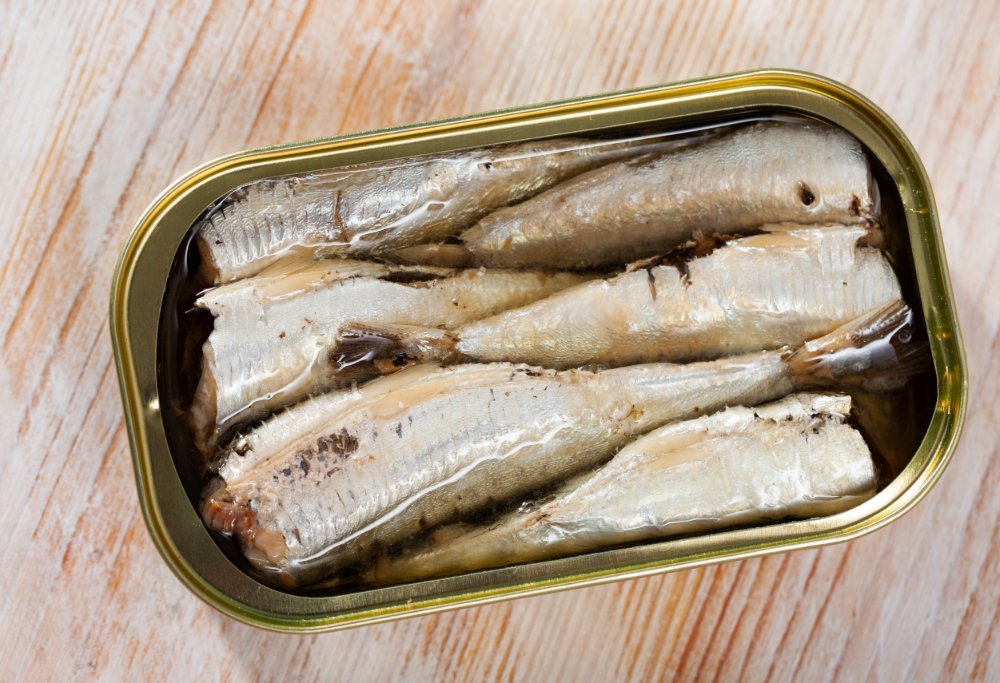
The three main types are ALA (plant-based), EPA, and DHA (found in fish and seafood).
ALA is found in foods like chia seeds and walnuts, while EPA and DHA primarily come from fatty fish such as salmon and mackerel.
Also read: This Is How to Pack a Lunch You’ll Actually Look Forward To
EPA and DHA are the most active forms and are used directly by the body.
The body can convert ALA
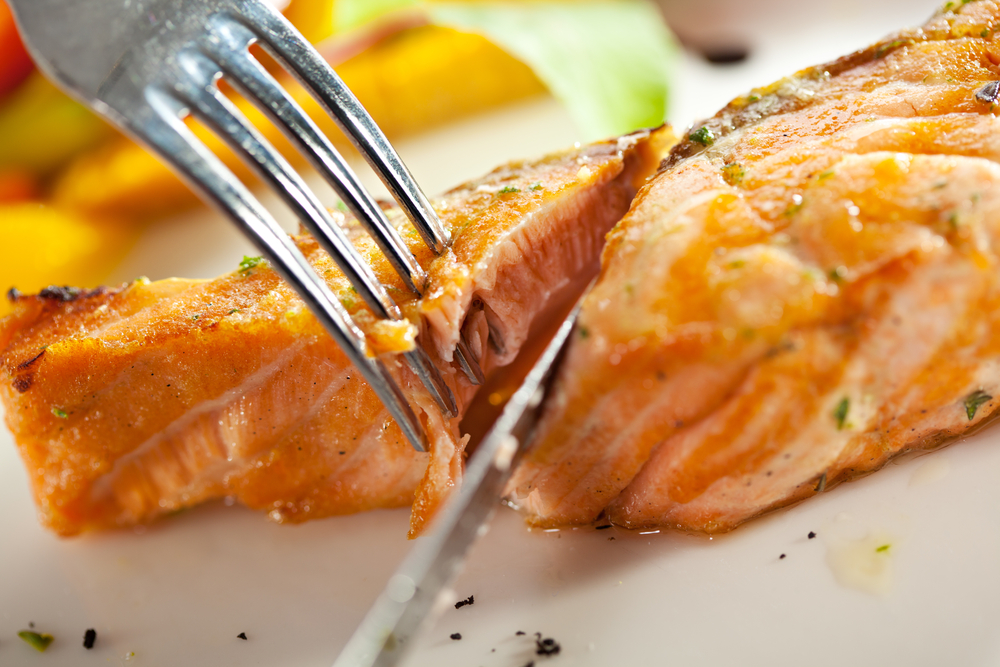
Although the body can convert ALA into EPA and DHA, the process is not very efficient.
That’s why eating fish is often recommended to ensure a direct source of the more bioavailable forms.
However, there are ways to optimize the body’s conversion of ALA.
Also read: Male or female? These are the Alzheimer’s symptoms most likely to affect you
How to boost ALA absorption from plant foods
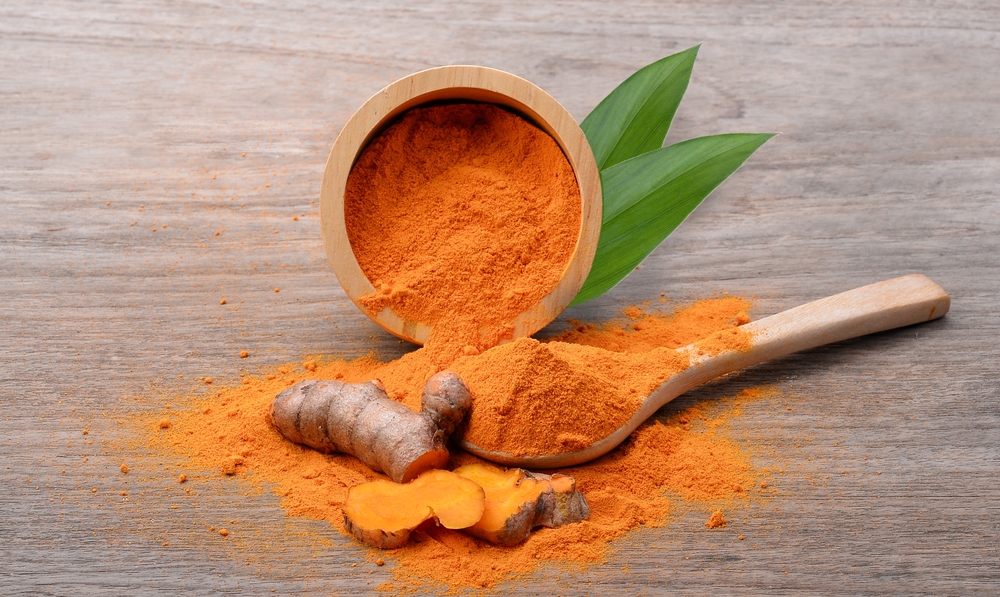
To get the most out of plant-based ALA, it’s recommended to pair these foods with anti-inflammatory spices like turmeric, eat zinc- and B6-rich foods such as pumpkin seeds and spinach, add healthy fats like avocado.
But you have to avoid processed oils rich in omega-6 like corn and soybean oil.
Mackerel
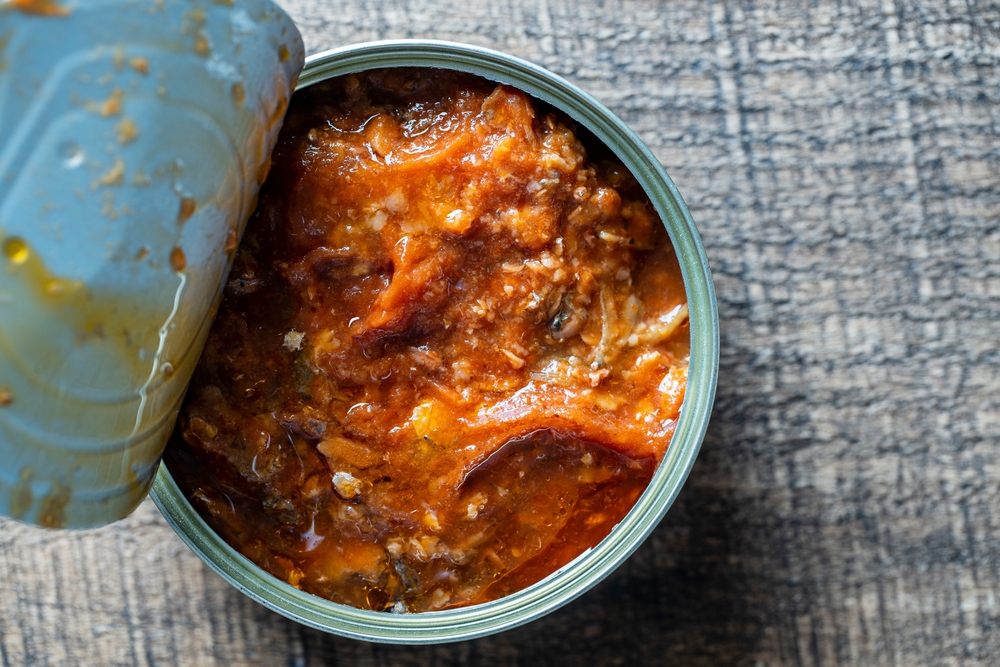
This oily fish is often overlooked but deserves way more attention.
A 3.5-ounce (100g) serving of mackerel contains about 2.6 grams of omega-3 fatty acids, mainly in the forms of EPA and DHA.
Also read: Is Greek Yogurt or Kefir Better for Your Gut?
It’s also rich in protein, calcium, and iron. You can enjoy it grilled, roasted, or smoked – or even mashed with avocado on toast for a nutritious twist.
Chia seeds
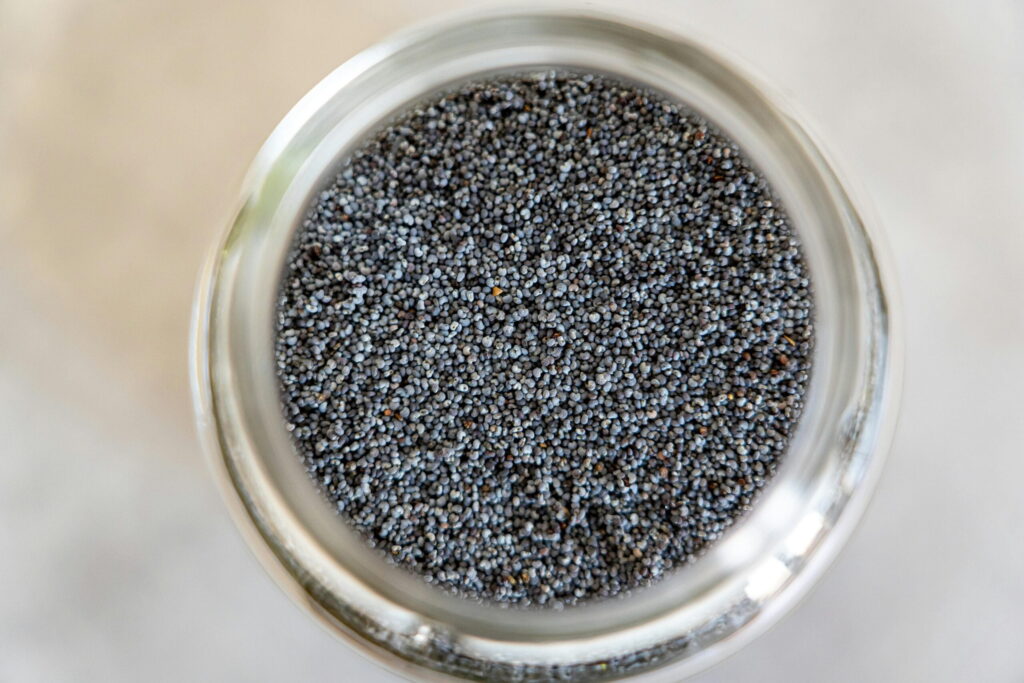
Don’t let their size fool you. Just 1 ounce (about 2 tablespoons) of chia seeds delivers an impressive 5 grams of ALA – a plant-based form of omega-3.
They’re also loaded with fiber, protein, and antioxidants. Stir them into overnight oats, smoothies, or salad dressings.
Just remember to increase intake gradually if you're not used to high-fiber foods.
Also read: Truth or Myth? What Science Says About the Most Common Alcohol Beliefs
Flaxseeds
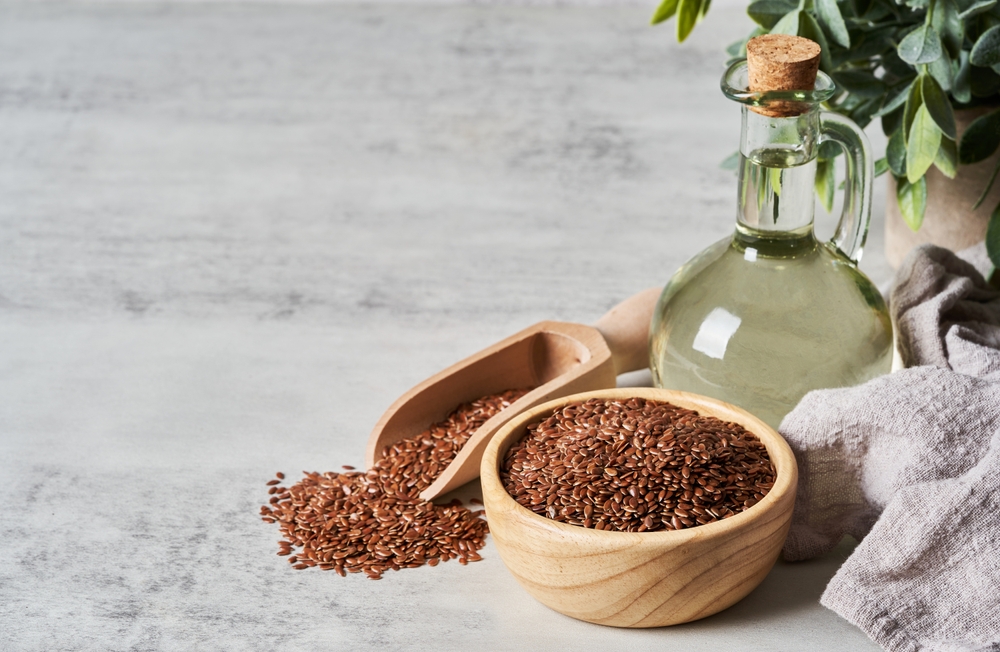
Ground flaxseeds offer about 3.6 grams of ALA per 2 tablespoons. They're also a great source of plant protein and fiber.
For better absorption, stick to ground flax instead of whole seeds. Add them to oatmeal, yogurt, smoothies, or even baked goods like pancakes and muffins.
Hemp seeds
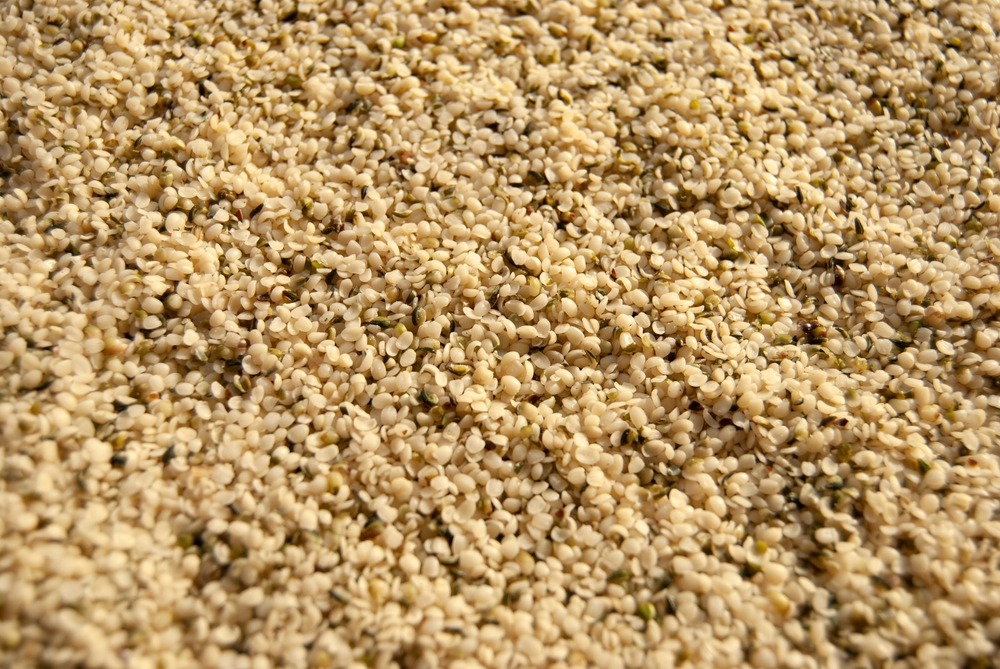
With 2.6 grams of ALA in just 3 tablespoons, hemp seeds are another plant-based omega-3 superstar.
They also provide protein, vitamin E, and antioxidants. Blend them into green smoothies, sprinkle over toast, or mix into breadcrumb coatings for meats or veggies.
Walnuts
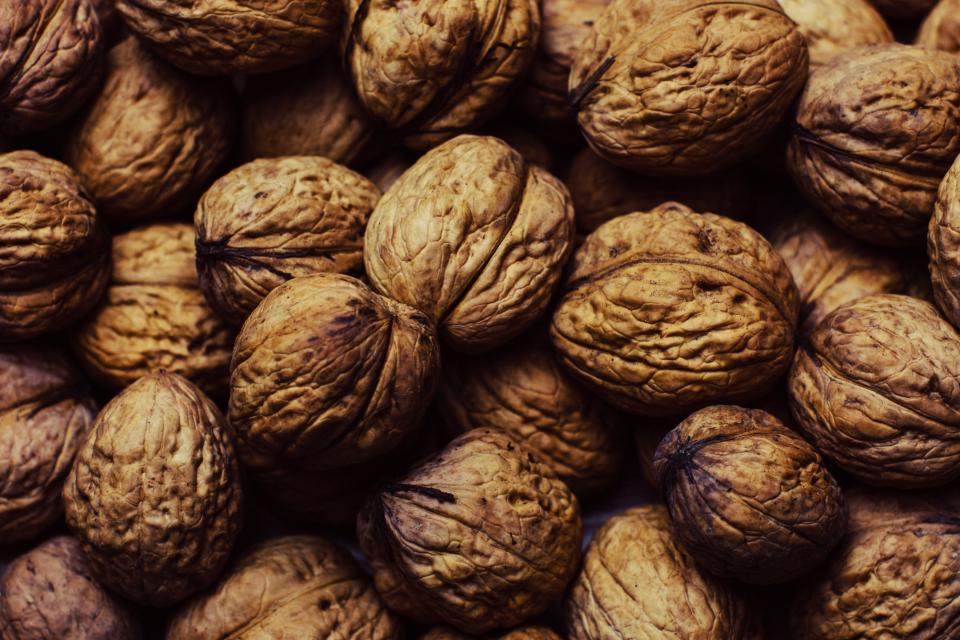
One ounce of walnuts (about a small handful) gives you 2.5 grams of ALA. Plus, they’re full of magnesium, melatonin, and inflammation-fighting polyphenols.
Snack on them plain, or toss them into oatmeal, yogurt, or savory grain bowls. They also work well in pesto or as a plant-based “meat” base.
This article is based on information from Real Simple.
